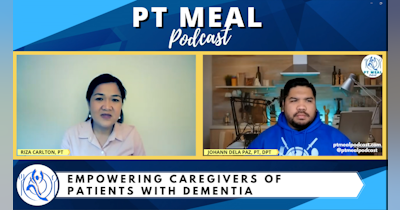The fight, flight, freeze, fawn, and flop responses represent a broader spectrum of human reactions to trauma, shedding light on the complex ways individuals cope with overwhelming situations.
Trauma responses are automatic, instinctive reactions that the human body initiates when faced with overwhelming stress or threat. These reactions are adaptive mechanisms aimed at ensuring survival in the face of danger. Often categorized into the classic "fight or flight" response, there are actually more nuanced reactions that have been identified in recent years. The fight, flight, freeze, fawn, and flop responses represent a broader spectrum of human reactions to trauma, shedding light on the complex ways individuals cope with overwhelming situations.
-
Fight:
The fight response is characterized by a surge in adrenaline and a readiness to confront a perceived threat. This response manifests as aggression, anger, or a strong urge to resist and defend oneself. In a traumatic situation, a person exhibiting the fight response may become confrontational, argumentative, or even physically aggressive. This reaction is the body's way of feeling empowered in a situation that feels out of control.
-
Flight:
Flight, on the other hand, is marked by the desire to escape or avoid a threatening situation. People experiencing the flight response might display behaviors such as running away, avoiding confrontation, or seeking physical or emotional distance. This reaction aims to remove oneself from danger or perceived harm to find safety and security.
-
Freeze:
The freeze response involves feeling immobilized or "stuck" in a traumatic situation. This reaction might involve a sense of numbness, dissociation, or feeling paralyzed. It's the body's way of playing dead, hoping that the threat will pass if one remains motionless. It's a common response when the perceived danger is too overwhelming to confront or escape from.
-
Fawn:
The fawn response is characterized by a strong desire to please or appease others in the face of trauma. Individuals exhibiting the fawn response might engage in people-pleasing behaviors, seeking to be agreeable and helpful, even to their detriment. This response often emerges from a deep-seated need for social connection and safety, even if it means sacrificing personal boundaries.
-
Flop:
The flop response, also known as the "appease" or "submit" response, involves a state of surrender or total collapse in a traumatic situation. This reaction is seen in individuals who feel completely overwhelmed and unable to fight, flee, or even freeze. It often involves feelings of helplessness, hopelessness, and a sense of resignation in the face of an insurmountable threat.
Understanding these various trauma responses is crucial in providing support and care for individuals who have experienced trauma. It's important to note that these responses are not consciously chosen but are instinctive reactions of the nervous system. Empathy, patience, and support are key in helping individuals navigate their responses and recover from traumatic experiences.
It's also important to acknowledge that individuals may display a combination of these responses, and their reactions might evolve over time. What’s most critical is creating a safe environment that fosters healing and helps individuals regain a sense of safety and control.
In conclusion, recognizing and understanding the full spectrum of trauma responses — fight, flight, freeze, fawn, and flop — is fundamental in offering effective support and interventions for individuals navigating trauma. Embracing this understanding fosters a more compassionate and informed approach to healing and recovery.
Remember, seeking professional help and guidance is vital for those experiencing trauma. Healing is a journey, and everyone deserves support and understanding as they navigate their unique responses to overwhelming experiences.



![image for [REPORT] Physical Therapy Home Care Rates in the Philippines (2022)](https://images.podpage.com/https%3A%2F%2Fs3.us-west-1.amazonaws.com%2Fredwood-labs%2Fshowpage%2Fuploads%2Fimages%2F0bb17de1-0478-4052-92d8-1d11b5ba597f.png?auto=format&fill=blur&fit=fill&h=210&w=400&s=901856f14ab9d69060d37285e5704aea)
